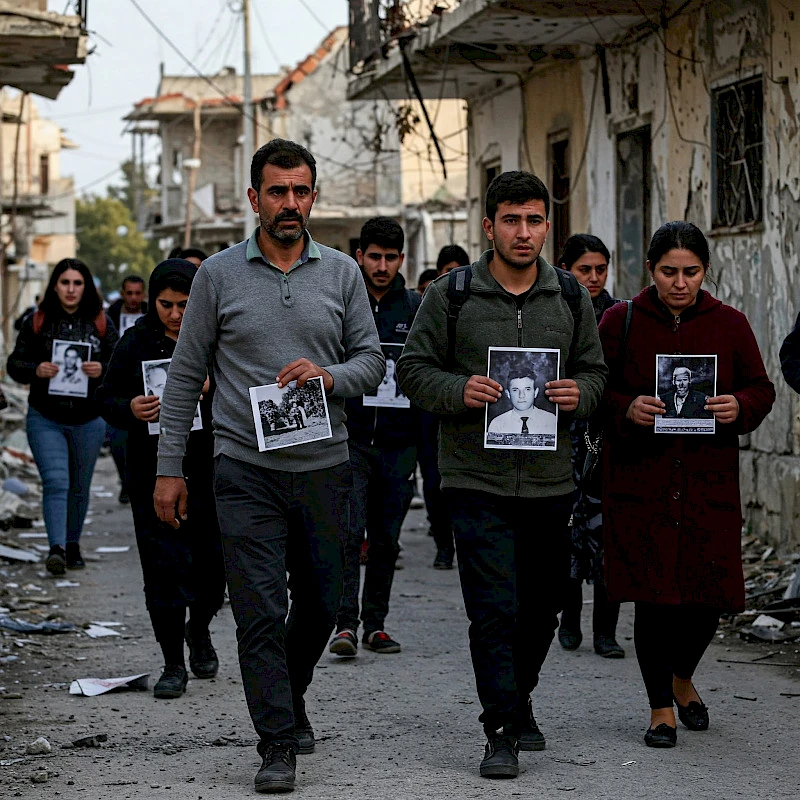The Tragedy of the Missing Persons in Cyprus: A Historical Overview
The tragedy of the missing persons in Cyprus is a deep wound that still bleeds in the hearts of many Cypriots. This tragedy is the result of an intercommunal conflict that erupted on the island in 1963 and reached its peak in 1974 when Turkey invaded Cyprus.
As a result of this conflict, hundreds of people, both Greek Cypriots and Turkish Cypriots, went missing. Their fate remains unknown, and their families continue to live in ignorance and sorrow. Cyprus-FAQ tells the story of the conflict and the authorities' actions to this day.
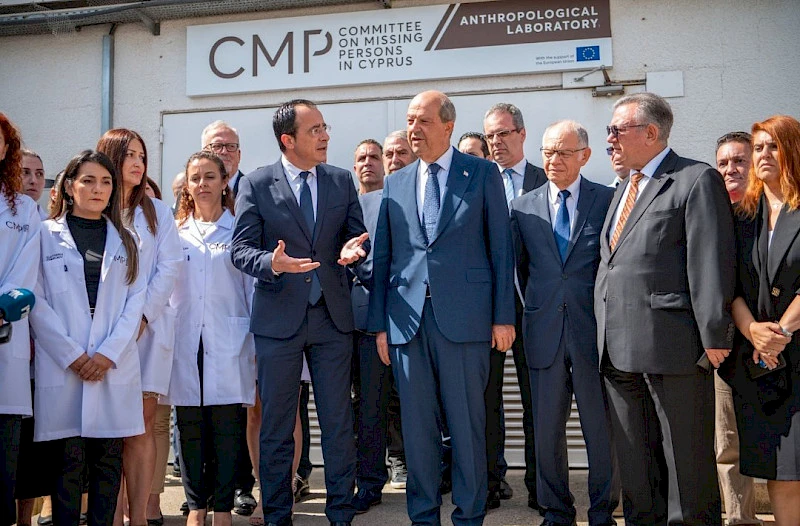
Historical Context
The Cyprus conflict has deep historical roots. The island has long been the subject of disputes between various empires and peoples. Cyprus has been under the control of different empires throughout history, which led to the formation of two main communities: Greek Cypriots (Orthodox Christians) and Turkish Cypriots (Muslims).
In 1960, Cyprus gained independence from the United Kingdom, but tensions between the Greek and Turkish communities continued to grow.
In 1963, intercommunal clashes escalated into a full-scale conflict. In 1974, Turkey invaded Cyprus, claiming to protect the Turkish population of the island. As a result of the invasion, the northern part of Cyprus came under Turkish control. Today, for example, the route from Kyrenia to Nicosia runs entirely through the territory of the TRNC.
Key Greek Figures in the Conflict
Archbishop Makarios III. The first President of the Republic of Cyprus. He played a central role in the struggle for Cyprus' independence from the United Kingdom and in subsequent political events. His policy of Enosis (union with Greece) caused tension with the Turkish community.
Georgios Grivas. Leader of the nationalist organization EOKA (National Organization of Cypriot Fighters). He led the armed struggle for Enosis during British colonial rule and later. His radical actions and views also contributed to the escalation of the conflict.
Nikos Sampson. He was a key figure in the pro-Greek coup of 1974, which led to the Turkish invasion. His role in the coup and his radical nationalist views made him a controversial figure.
Key Turkish Figures in the Conflict
Rauf Denktaş. He was the leading political figure of the Turkish Cypriots for much of the conflict.
Denktaş played a decisive role in shaping Turkish Cypriot policy and in the creation of the Turkish Republic of Northern Cyprus (TRNC). He is often considered a controversial figure due to his actions and statements, which caused disagreements.
Fazıl Küçük. He was the first Vice President of the Republic of Cyprus and one of the leaders of the Turkish Cypriot community. He played an important role in the early stages of the conflict, advocating for the rights of Turkish Cypriots.
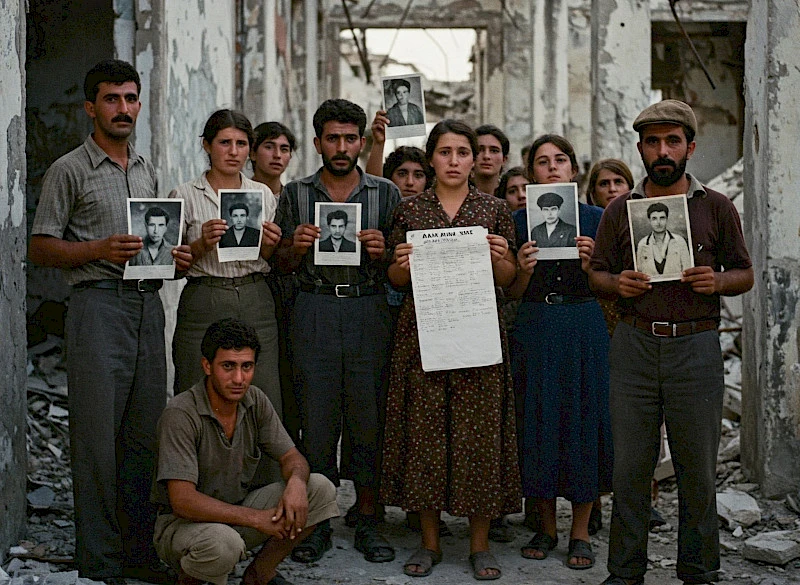
The Tragedy of the Missing Persons
During the conflict and the invasion of 1974, hundreds of people went missing. Their fate remains unknown, and their families continue to live in ignorance and sorrow.
The issue of missing persons is one of the most complex and painful problems associated with the Cyprus conflict, and such wounds cannot be healed by medicine in Cypriot pharmacies. It continues to poison relations between the Greek and Turkish communities and hinders the achievement of lasting peace on the island.
How Many People Are Listed as Missing?
The numbers of missing persons during the conflict in Cyprus remain a subject of debate, but there are generally accepted estimates.
The total number of missing persons is around 1500-1600. This number includes both Greek Cypriots and Turkish Cypriots. The majority of the missing are Greek Cypriots. According to official data from the Republic of Cyprus, around 1400 Greek Cypriots are listed as missing. There are also missing Turkish Cypriots, although their numbers are smaller.
The Committee on Missing Persons (more on them below) is investigating the cases of the missing and is working to establish their fate. The CMP has managed to identify the remains of many missing persons, but the work continues.
It is important to note that these numbers may vary depending on the source. The tragedy of the missing persons remains a painful issue, and efforts to determine their fate continue.
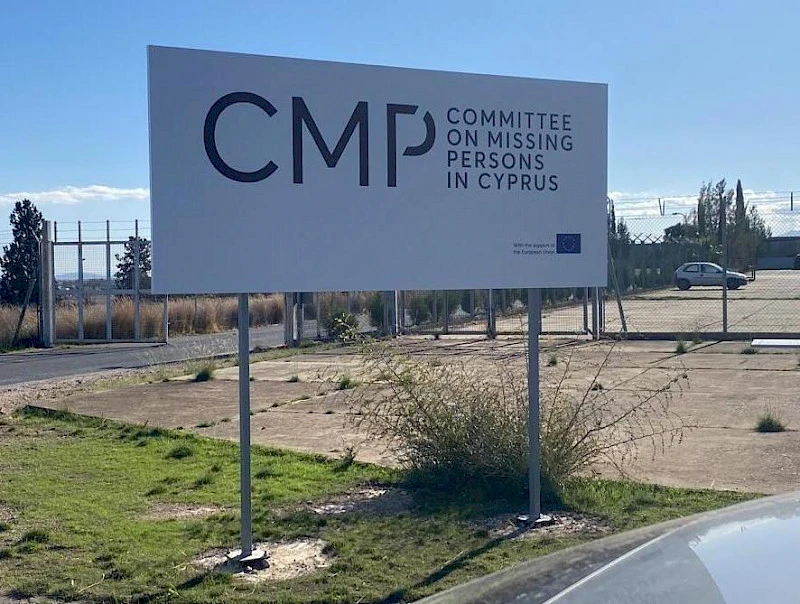
Efforts to Find Missing Persons
For many years, efforts have been made to search for missing persons. In 1981, the Committee on Missing Persons (CMP) was established to investigate the cases of the missing and search for their remains.
The CMP has made certain progress in its work. The remains of hundreds of missing persons have been discovered and identified. However, hundreds more remain missing, and their fate remains unknown.
Organizations Assisting in the Search for Missing Persons
The search for information on missing persons in Cyprus is a complex task, but there are organizations and resources that focus on this issue.
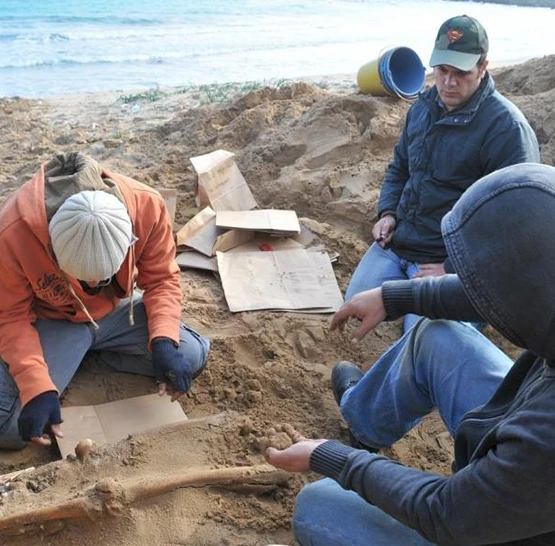
Committee on Missing Persons (CMP)
This is the primary organization involved in investigating cases of missing persons in Cyprus. The CMP is a bi-communal organization created under the auspices of the UN. They carry out exhumations, identify remains, and provide information to the families of the missing. Information about the activities of the CMP and their work is available on the official UN website and resources dedicated to the Cyprus conflict.
Organizations of Families of Missing Persons
There are organizations representing the families of the missing from both the Greek and Turkish sides. These organizations often collect and store information about the missing and provide support to their families. They may have their own databases and archives.
Archives and Research Centers
Historical archives and research centers in Cyprus and abroad may contain information about the missing. Researchers and historians focusing on the Cyprus conflict may also have access to valuable data.
Media and Publications
Many media outlets and researchers publish articles and books dedicated to the issue of missing persons in Cyprus. These sources may contain information about specific cases and general statistics.
Information about missing persons can be fragmented and incomplete, and the process of identifying remains and determining the fate of the missing takes a long time and requires meticulous work.
Factors Affecting the Speed of Discovery:
-
Access to burial sites.
-
Cooperation between communities.
-
Funding and resources.
-
Condition of the remains.
The families of the missing continue to call for justice. They demand that those responsible for the disappearance of their loved ones be held accountable. They also demand that the Turkish government provide information about the fate of the missing.
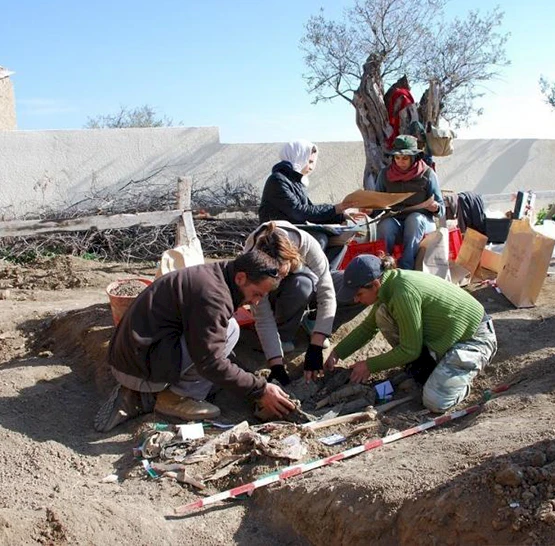
Views of Cyprus Leaders
Views of Ersin Tatar
Ersin Tatar, President of the Turkish Republic of Northern Cyprus (TRNC), holds a firm position on the Cyprus conflict and the issue of missing persons. Here are some key aspects of his views:
-
Tatar consistently advocates for a solution to the conflict based on the existence of two separate states on Cyprus.
-
He believes that the federal solution, which was previously discussed, is no longer viable.
-
Tatar emphasizes the importance of the work of the Committee on Missing Persons (CMP) and the need for cooperation between both communities.
-
He states that the TRNC is ready to provide any necessary assistance in determining the fate of the missing.
-
He stresses that all sides of the conflict must be considered and that blame should not be placed solely on one side.
-
Tatar insists on the recognition of the sovereignty of the TRNC as a necessary condition for any conflict resolution.
-
In his view, the Turkish-Cypriot community has the right to self-determination.
Views of Nikos Christodoulides
Nikos Christodoulides, President of the Republic of Cyprus, takes an active stance on resolving the Cyprus issue, including the problem of missing persons. Here are some key aspects of his views:
-
Christodoulides has repeatedly emphasized that resolving the Cyprus issue is his top priority.
-
He aims to resume negotiations and seek a comprehensive solution based on the relevant UN resolutions.
-
He pays special attention to the issue of missing persons, considering it a humanitarian issue that requires immediate resolution.
-
He calls for cooperation from all parties to determine the fate of the missing persons and provide information to their families.
-
He initiated the idea of issuing a joint statement from the leaders of the two communities regarding the missing persons from the events of 1974.
-
Christodoulides advocates for dialogue and cooperation between the Greek and Turkish communities of Cyprus.
-
He believes that only through dialogue can a lasting peace and resolution of the conflict be achieved.
-
He emphasizes the importance of adhering to international law and UN resolutions in the process of resolving the Cyprus issue.
-
He condemns any actions that violate the sovereignty and territorial integrity of the Republic of Cyprus.
The tragedy of the missing persons in Cyprus is a deep wound that still bleeds in the hearts of many Cypriots. It serves as a reminder of the destructive consequences of the conflict and the need for a lasting peace on the island.
The search for the missing persons is not only a matter of justice but also a matter of humanity. As long as the fate of the missing remains unknown, their families will not find peace, and Cypriot society cannot fully heal its wounds, making it impossible to, for example, visit the Lovers' Bridge from the north using one of the taxi apps in Cyprus.
